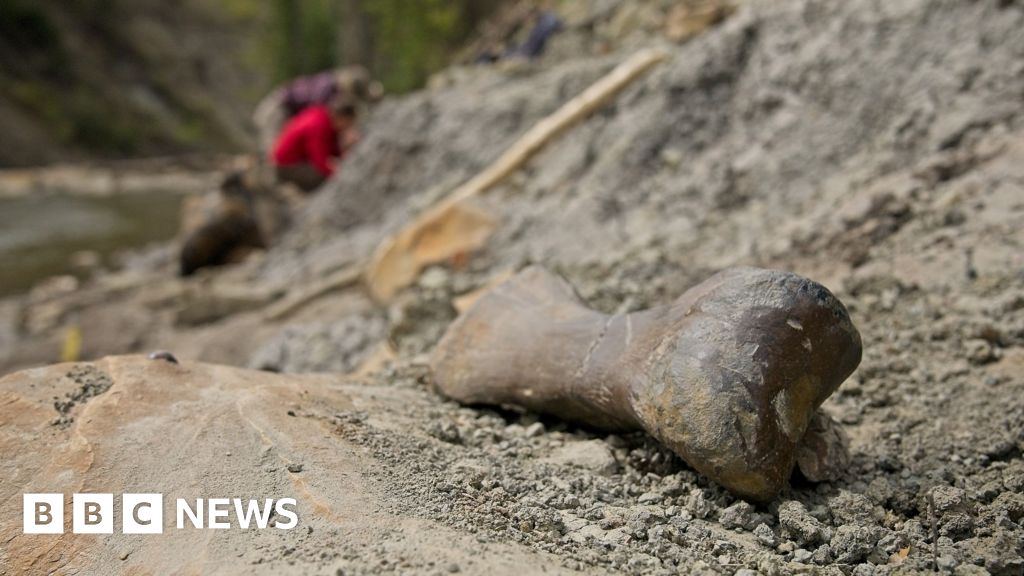ARTICLE AD BOX
By Adam Durbin
BBC News
Image source, Getty Images
Forecasters have raised the temperature at which a heatwave is declared in several areas of England.
The Met Office defines a heatwave as when an area experiences daily maximum temperatures meeting or exceeding a certain level for three days in a row.
Eight counties have had these limits raised by the forecaster by 1C.
Announcing the change, experts said climate data showed "undeniable warming" in the UK accompanying increasing greenhouse gas emissions.
- 28C (82F) in Surrey, Berkshire, Buckinghamshire, Bedfordshire, Hertfordshire and Cambridgeshire
- 27C (81F) in Lincolnshire
- and 26C (79F) in the East Riding of Yorkshire
What defines a heatwave is linked to historical climate data. The UK has been experiencing rising average temperatures in recent years as a result of global warming.
Previous thresholds used data from 1981 to 2010, but the new limits are based on the period between 1991 and 2020, the Met Office said.
'More frequent heatwaves'
The Met Office's heatwave thresholds vary in the UK between 25C to 28C, with London previously the only area to have a limit of 28C.
Most South East counties have a threshold of 27C, while many central areas have a threshold of 26C.
The rest of England, as well as all of Wales, Scotland and Northern Ireland still fall under a 25C threshold.
Dr Mark McCarthy, head of the Met Office National Climate Information Centre - the body which manages the UK's climate records - said climate statistics over time have revealed an "undeniable warming trend for the UK".
"Temperature rise has been greatest across parts of central and eastern England where they have increased by more than 1.0C in some locations, while further north areas of Scotland and Northern Ireland have seen temperatures rise by closer to 0.7C," he added.
Dr McCarthy said while heatwaves are "extreme weather events", scientific research that "climate change is making these events more likely".
The scientist explained a 2018 Met Office study showed that heatwaves are 30 times more likely to occur now than in 1750, because of higher levels of carbon dioxide in the atmosphere.
Carbon dioxide is a greenhouse gas, which is a by-product from burning fossil fuels like oil, coal and natural gas and is a key driver of global warming.
Left unchecked, humans and nature will experience catastrophic warming, with worsening droughts, greater sea level rise and mass extinction of species.
Dr McCarthy said: "As greenhouse gas concentrations increase, heatwaves of similar intensity are projected to become even more frequent, perhaps occurring as regularly as every other year."
Heatwave thresholds are separate from the Met Office's extreme heat warnings, which highlight very high temperatures to help protect lives and property, as well as the UK Health Security Agency's heat-health alert - which is issued for England only - designed to highlight the effects of heatwaves on public health.
The forecasters issued some of these new extreme heat weather warnings - similar to those it uses for storms, floods and other extreme weather events - for the first time in July 2021, after launching them a month before.
Meanwhile, New Year's Eve last year and New Year's Day this year both saw record temperatures.
In the summer of 2019 there was an increase in deaths when the UK experienced a heatwave, with a record temperature of 38.7C that July.

 3 years ago
80
3 years ago
80








 English (US) ·
English (US) ·